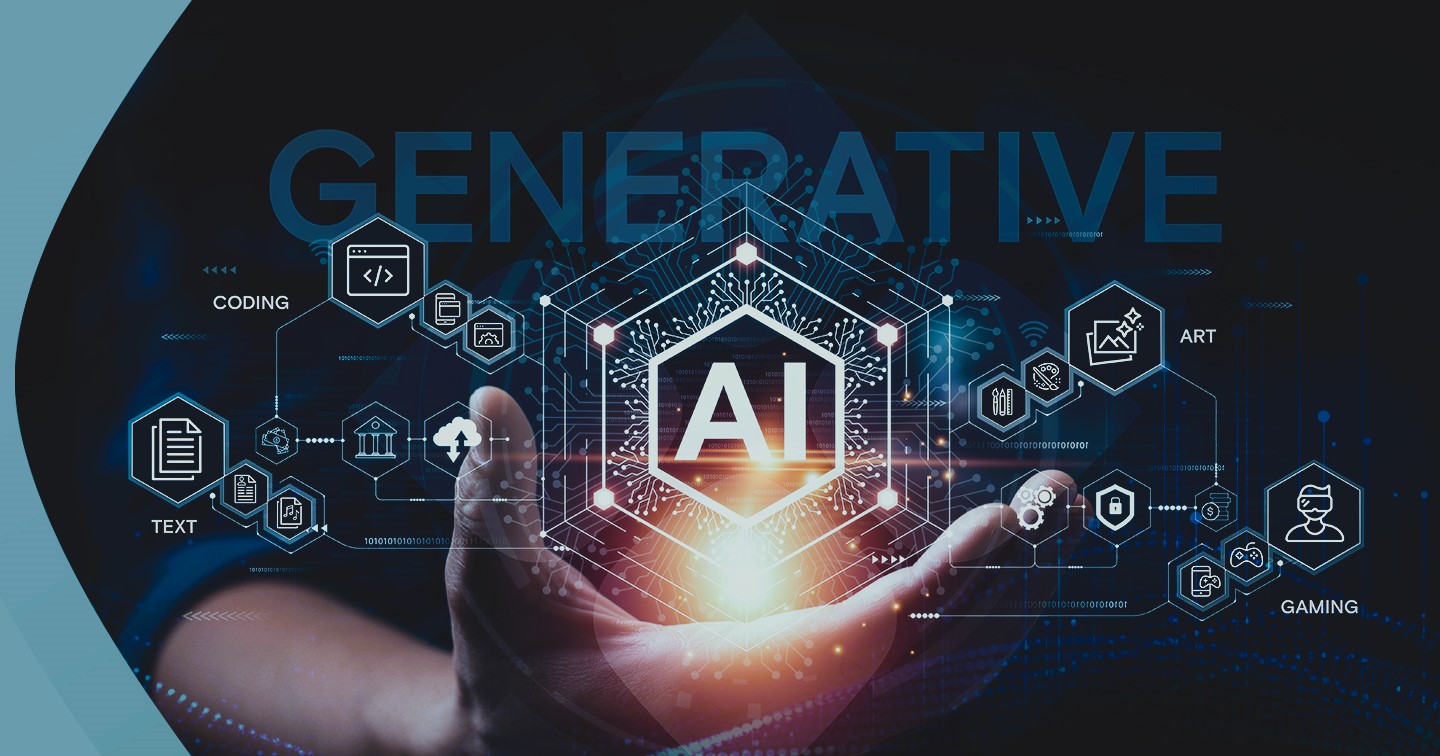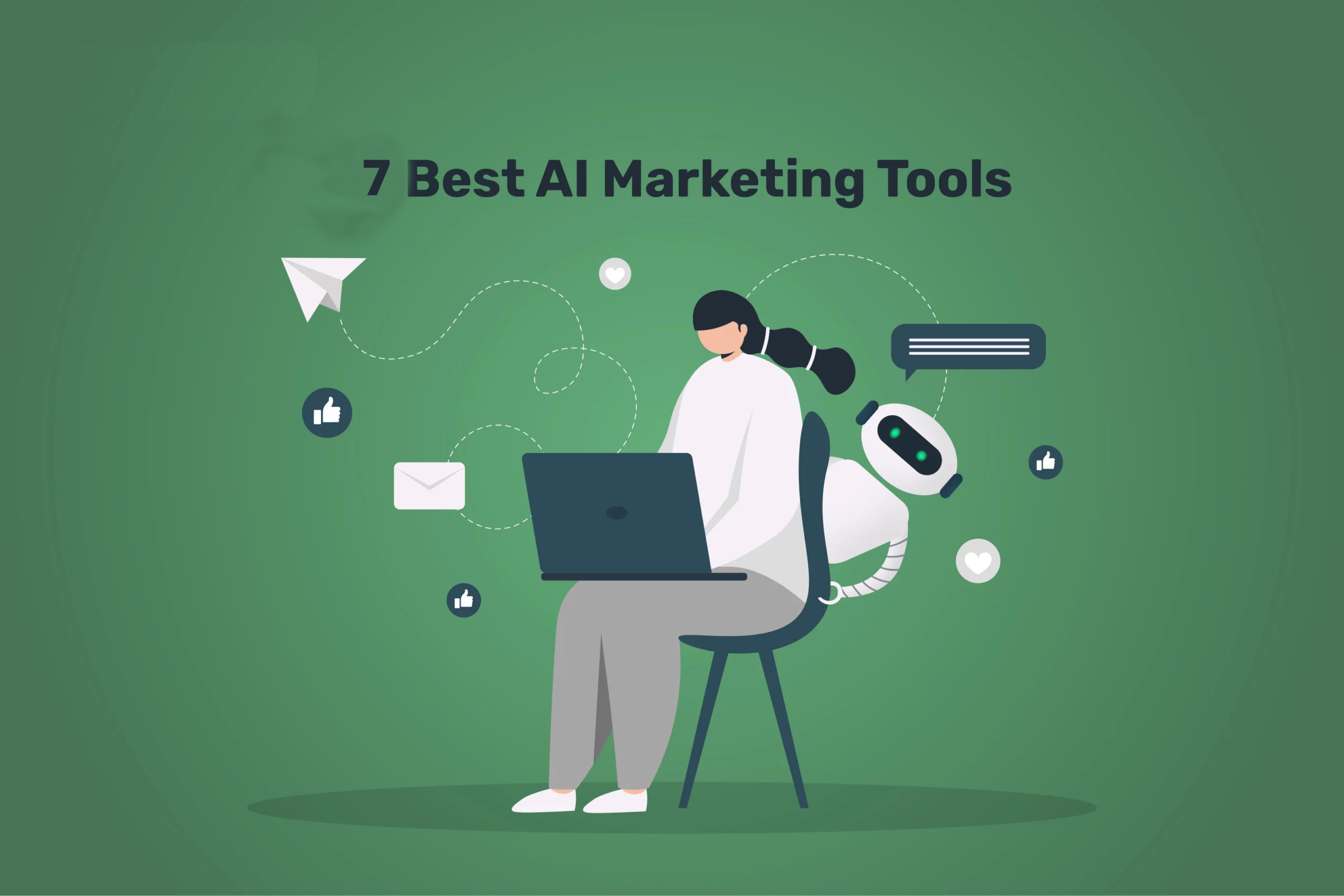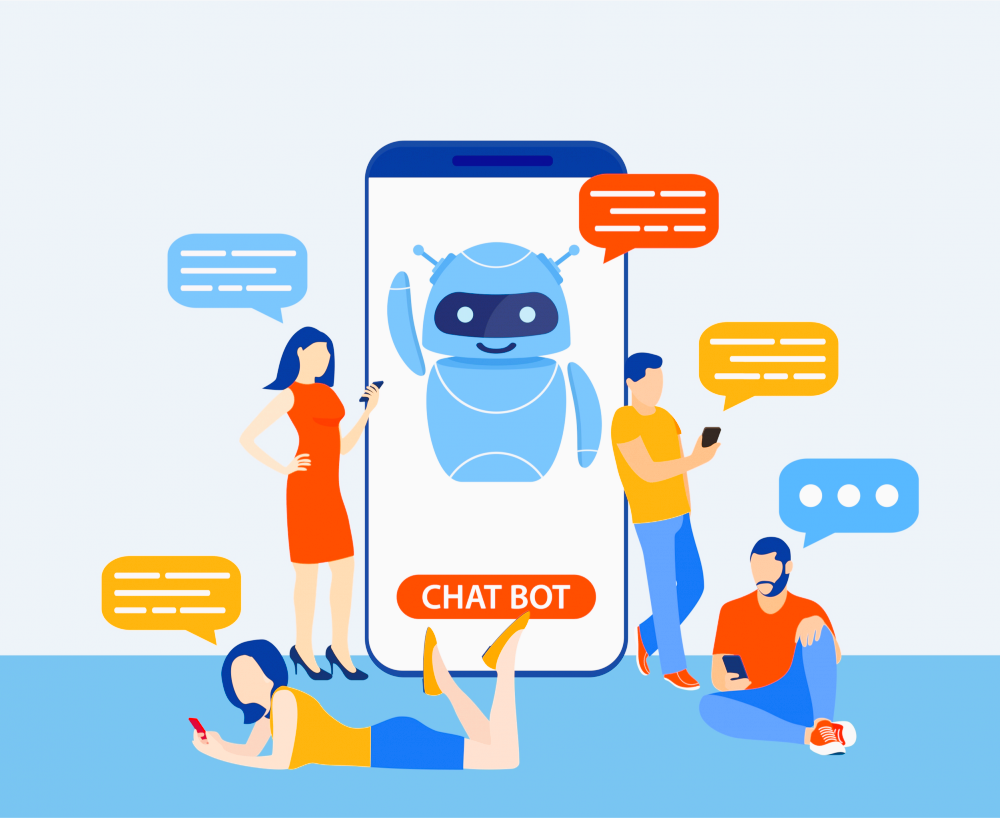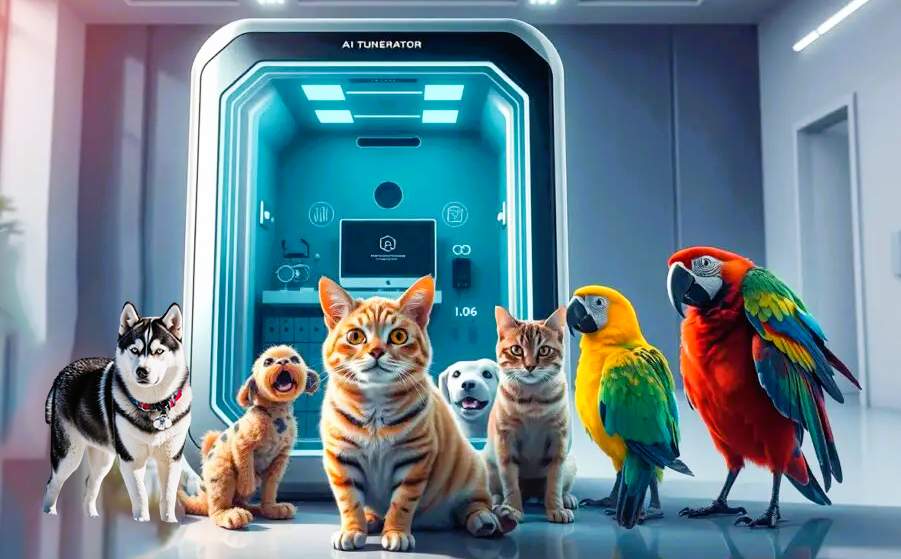Generative AI is artificial intelligence that creates new content like images, text, music, and more without direct human involvement. Think of it as having an intelligent assistant who can create unique things from scratch by learning from existing data. The rise of this technology has been rapid and for good reasons.
In recent years, Generative AI has become more popular because of breakthroughs in machine learning and the increasing availability of data. Today, anyone from big businesses to individual creators can use Generative AI to create something new and exciting. Understanding how this technology works and its potential is significant because it’s shaping the future of industries like media, marketing, design, and entertainment.
Understanding Generative AI
1. How Generative AI Works
At a basic level, Generative AI learns patterns from the data it’s trained on. For instance, if you give a Generative AI thousands of images of landscapes, it knows the characteristics of those images. Then, when asked, it can create entirely new landscapes that didn’t exist before but are similar to what it has learned. It’s like teaching a child to draw by showing them lots of pictures until they can create something independently.
AI uses different methods to learn and generate new content, such as recognizing shapes, colors, patterns, and structures. It doesn’t just copy; it creates something new based on what it understands from the data.
2. Types of Generative AI Models
There are several types of models that power Generative AI. The two most popular ones are:
1. GANs (Generative Adversarial Networks):
This model uses two AIs. One creates the content, and the other acts as a critic. The creator AI tries to make something as accurate as possible, while the critic AI checks if it looks fake or real. Over time, they both improve, leading to highly realistic outputs, like AI-generated images that look like real photos.
2. VAEs (Variational Autoencoders):
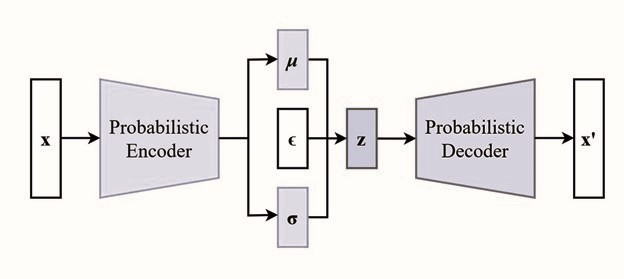
This model compresses information into simpler forms and then tries to recreate it in new ways. It’s like turning a high-resolution photo into a rough sketch and then trying to redraw an utterly new picture based on that sketch.
These models allow AI to generate new content, from art and music to stories and videos.
3. Applications of Generative AI
Generative AI isn’t just for tech experts—it’s being used across various fields and making a significant impact. Some critical applications include:
- Art and Design: Artists and designers use AI to create new paintings, sculptures, and digital art pieces. AI can help brainstorm, visualize ideas, or generate finished works.
- Music: AI is composing new songs and soundtracks. Musicians can collaborate with AI to create fresh melodies or backing tracks, often saving work hours.
- Writing: Generative AI can write articles, reports, and even fiction. Content creators and journalists are using it to quickly generate drafts or ideas for stories.
The Popularity of Generative AI
1. What’s Driving Its Growth?
Generative AI is growing fast, and there are a few critical reasons. First, technological advancements—especially in machine learning—have made AI more intelligent and capable. This means that more complex and high-quality outputs can be created with AI.
Secondly, accessibility has increased. Today, anyone with a computer or smartphone can access AI tools. This has opened doors for small businesses and freelancers to explore AI’s potential without needing huge budgets or technical expertise. The ease of use and availability of AI tools mean more people are experimenting with them, leading to more innovation.
2. Social Media’s Role in AI’s Popularity
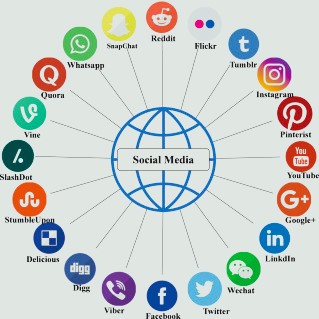
Social media platforms like Instagram, YouTube, and TikTok have significantly increased the visibility of Generative AI. Creators use AI to generate unique content that stands out, whether digital art, animated videos, or AI-generated music. When these creations are shared and go viral, more people become curious about AI, fueling its popularity.
In addition, online AI tools are being integrated into apps and websites, making it even easier for people to try AI for fun or work. Social media’s viral nature is spreading AI-generated content faster than ever.
3. Success Stories
Generative AI has powered many successful projects. For example, AI-generated art has been sold for millions of dollars, and companies use AI to create marketing content faster than ever. OpenAI’s DALL-E, which generates images from text descriptions, and ChatGPT, which makes written content, are examples of successful Generative AI applications.
Implications of Generative AI
1. Benefits for Businesses and Individuals
Generative AI offers several benefits. It can help businesses create marketing materials, product designs, and customer content faster and more efficiently. Instead of spending hours creating something from scratch, AI can do the heavy lifting, freeing up time for other tasks.
Generative AI opens up new possibilities for individuals, especially creators and freelancers. You can use AI to generate ideas, improve your workflow, or create content that would have taken much longer by hand. Whether you’re an artist, writer, or entrepreneur, AI can help boost creativity and productivity.
2. Ethical Considerations and Challenges
With all its benefits, there are also some concerns surrounding Generative AI. One of the biggest is the question of authorship—if an AI creates a piece of art or writes a song, who owns it? There are also concerns about AI being used to make misleading or harmful content, like deep fakes.
Another challenge is bias. AI models are trained on data; if the data is biased, the AI’s output can be too. This raises ethical questions about fairness and responsibility.
3. Future Trends in Generative AI
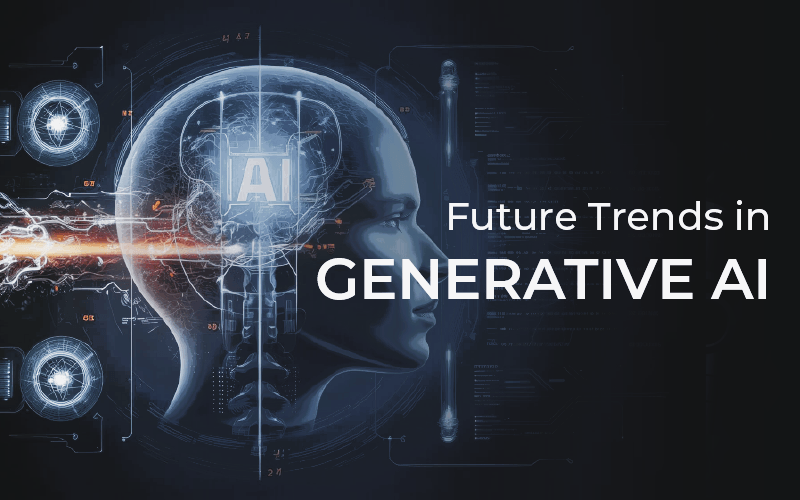
In the future, Generative AI is expected to grow even more. With more advancements in AI technology, we can expect even better, more creative outputs from AI. It will likely play a more significant role in the entertainment, advertising, and education industries.
New applications are constantly emerging, from AI-generated films to AI-powered educational tools. The future is full of possibilities, and keeping up with the trends will help individuals and businesses stay ahead.
Conclusion
Generative AI is not just a buzzword—it’s a powerful technology changing how we create and interact with content. In this article, we’ve explored what Generative AI is, how it works, and why it’s becoming so popular. We’ve also looked at some of the benefits it offers and the challenges it brings.
The key takeaway is that Generative AI is here to stay, and its impact will only grow. Whether you’re a business owner, a creator, or simply curious about the future of technology, understanding Generative AI will give you a head start in navigating this exciting field. Now is the time to explore, experiment, and embrace the future of AI!

